Wood Fencing: Classic Elegance and Privacy
Wood fencing is a timeless choice for anyone looking to add both security and style to their property. Whether you’re opting for a rustic split-rail fence or a tall privacy fence, wood offers a versatile range of design options. It’s one of the oldest fencing materials, beloved for its natural beauty and adaptability. This post explores the benefits of wood fencing, how to choose the right type for your needs, and important considerations for installation and maintenance.
Why Choose Wood Fencing?
- Aesthetic Flexibility: Wood is a highly versatile material that can be customized to suit a wide range of architectural styles. From a classic picket fence to a tall privacy fence, wood provides endless design options. You can stain or paint wood in any color, allowing it to complement your home’s exterior and landscape. Popular wood types for fencing include cedar, pine, and redwood—each offering unique grains and color tones.
- Sustainability: For environmentally conscious homeowners, wood fencing is an eco-friendly option. It is biodegradable and can be sourced from renewable forests. If sustainability is a priority, consider using reclaimed or sustainably harvested wood for your fence.
- Natural Privacy: One of the primary reasons people opt for wood fencing is for privacy. A tall, solid wood fence can block sightlines and provide a sense of seclusion, making it an ideal choice for backyards, pools, or gardens. Unlike chain link or metal fences, wood completely obstructs visibility, giving you more privacy.
- Cost-Effective: Wood fences tend to be more affordable than materials like vinyl or wrought iron. While they may require more maintenance, the upfront cost of wood is typically lower, making it an attractive option for homeowners on a budget.
Choosing the Right Type of Wood
Different types of wood are better suited for different environments. For example, cedar is naturally resistant to insects and rot, making it a great option for wet or humid climates. Pine, on the other hand, is more affordable but may need to be pressure-treated to extend its lifespan. Redwood is a premium option known for its durability and resistance to decay, though it comes with a higher price tag.
- Cedar: Known for its durability and resistance to insects, cedar is an excellent choice for fencing. Its natural oils repel pests, and it holds up well in humid climates. Additionally, cedar is less likely to warp over time, making it a low-maintenance option.
- Pine: A budget-friendly option, pine is often pressure-treated to prevent rot and insect damage. It's an excellent choice for homeowners looking for a durable fence without breaking the bank.
- Redwood: For those seeking a premium option, redwood offers exceptional durability and a rich, red hue that adds elegance to any property. It's naturally resistant to decay and insects, though it comes at a higher cost.
Installation Considerations
Like all fence types, the longevity of a wood fence largely depends on proper installation and post-setting. Ensuring that posts are securely installed is critical, particularly in areas with varying soil conditions.
- Clay Soils: In clay-heavy soils, water can accumulate around the posts, leading to rot and decay. To prevent this, posts should be set deeper and surrounded by gravel or concrete to improve drainage.
- Sandy Soils: Sandy soil can cause posts to shift over time. To secure wood fence posts, use wider footings and pack the soil tightly around them to minimize movement.
- Rocky Terrain: In areas with rocky terrain, it’s often necessary to dig deeper post holes and anchor them with concrete to ensure stability.
Maintenance Tips for Long-Lasting Wood Fencing
Wood fences do require regular maintenance to prevent rot, warping, and insect damage. Staining or painting the fence every few years can protect it from moisture and prolong its life. It’s also important to inspect the fence regularly for signs of damage, such as loose boards or leaning posts.
At Westenn Fence, we have over 50 years of combined experience in wood fence installation. We offer free consultations to help you choose the best wood type for your project. Whether you’re looking for a classic picket fence or a tall privacy fence, our team can bring your vision to life.
Contact us today for a free consultation and learn more about our wood fencing solutions.
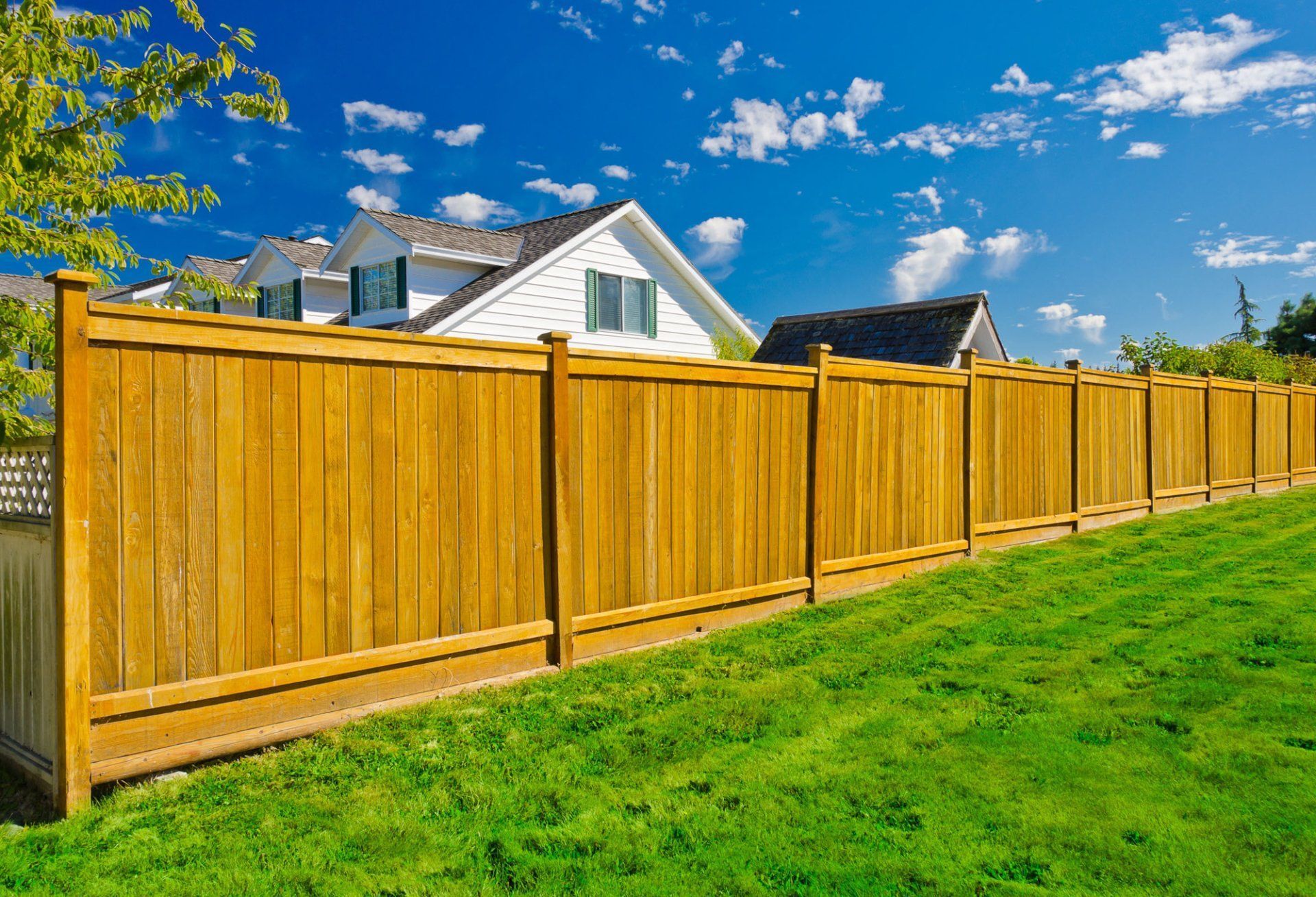
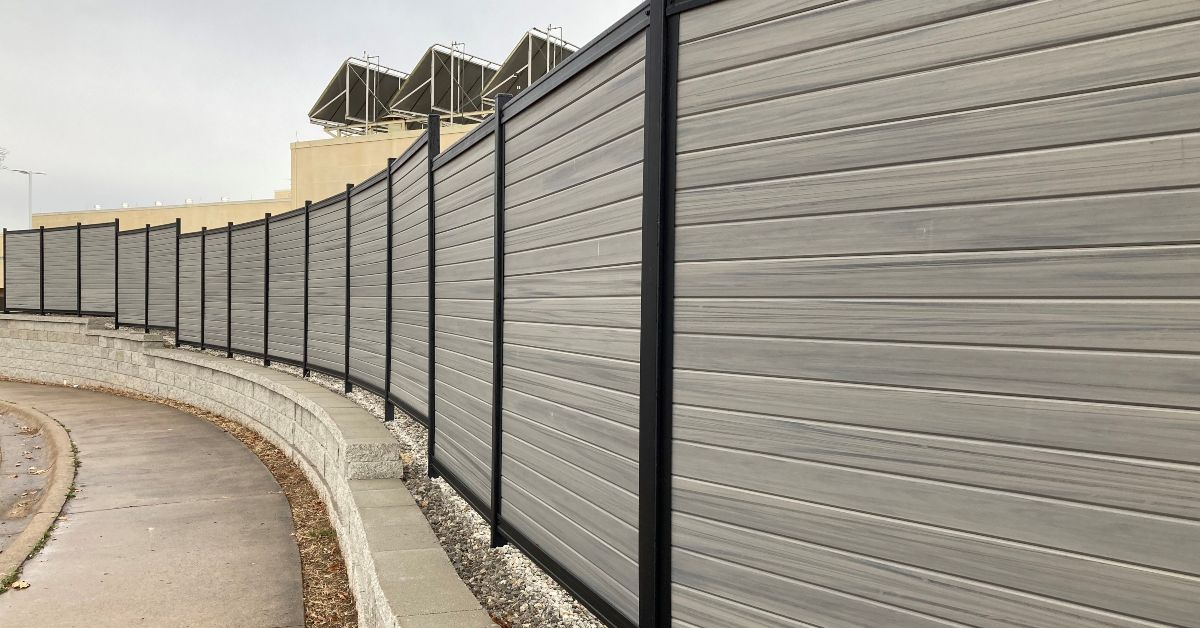
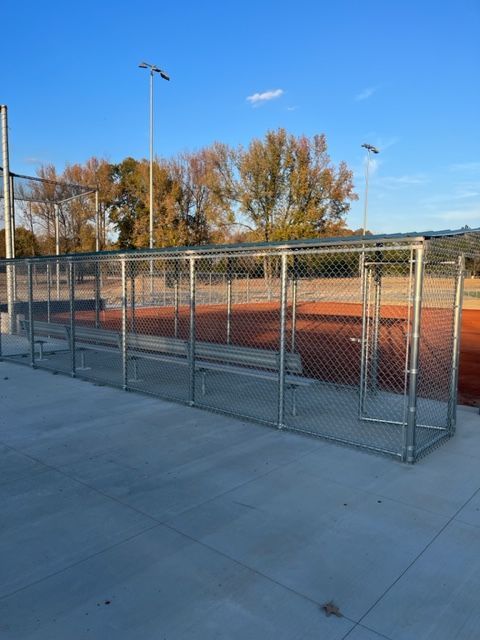
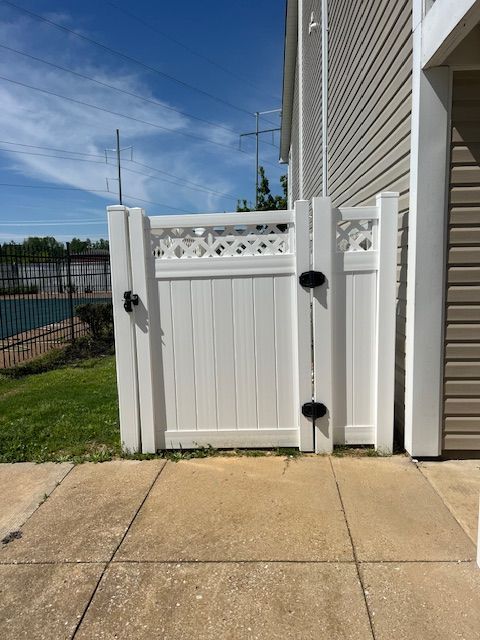
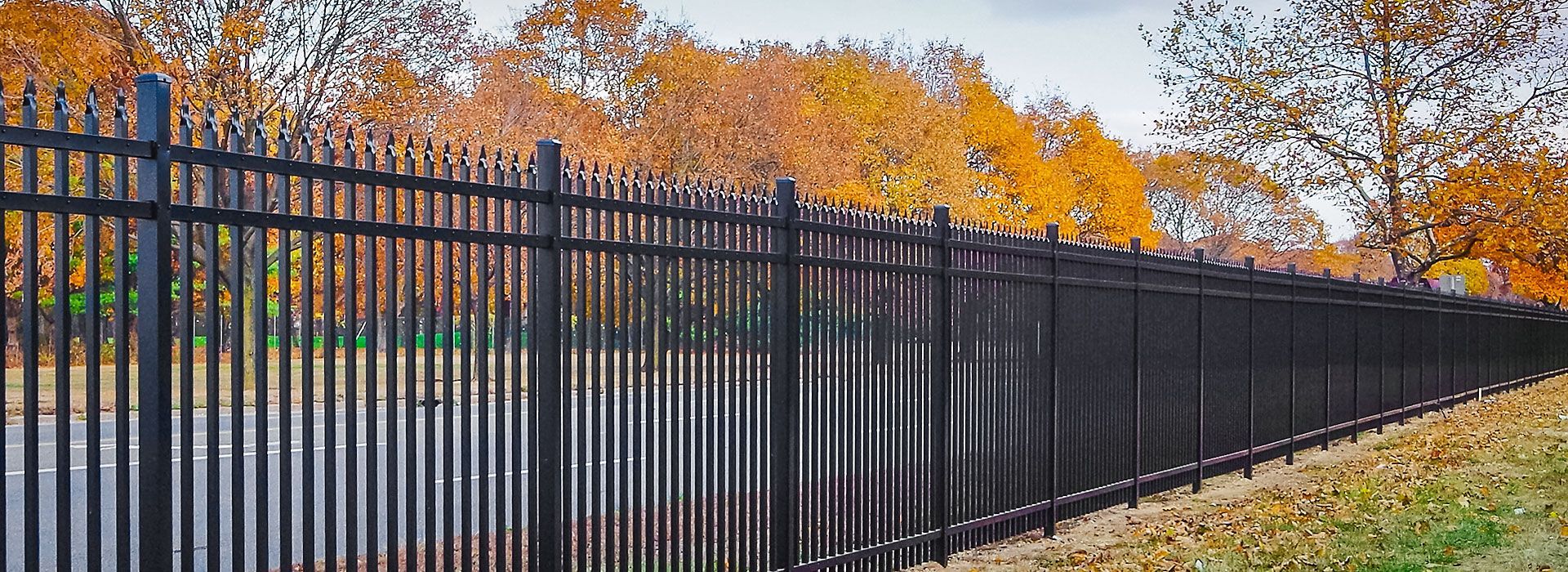
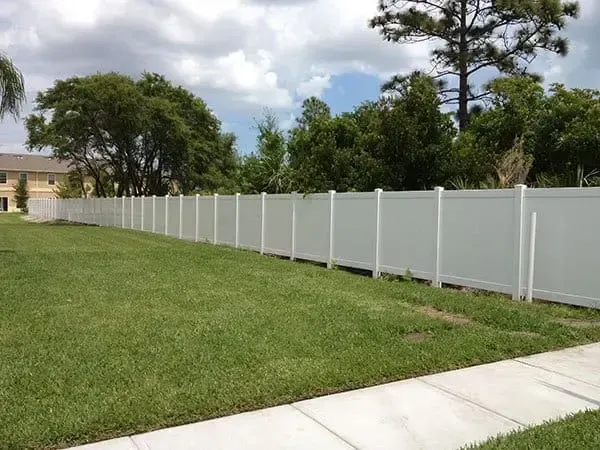
Business Hours
- Mon - Fri
- -
- Sat - Sun
- Closed
Call Us for an Appointment
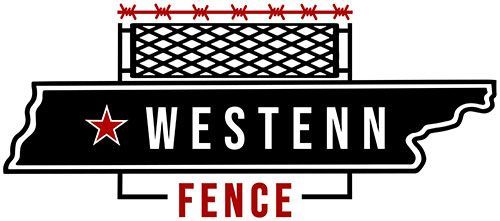




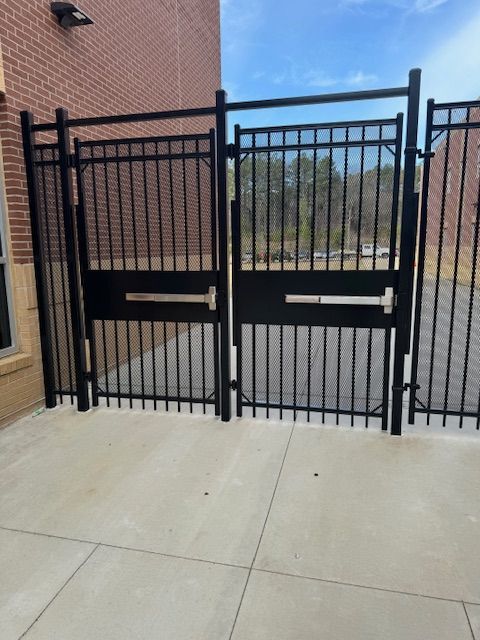


Share On: